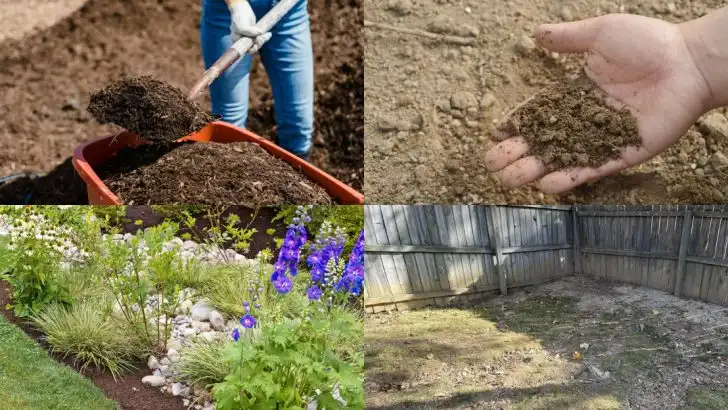Your plants are trying to tell you something. Wilting leaves, stunted growth, and lackluster blooms aren’t just bad luck—they’re cries for help from your soil.
Good soil is the backbone of a thriving garden, but it doesn’t always stay that way. Nutrients disappear, drainage gets tricky, and suddenly, your once-happy plants are struggling to survive.
The good news? You don’t need a degree in soil science to fix it.
Whether your garden is too dry, too compacted, or just plain lifeless, there are simple ways to bring it back to life. Let’s dig into the warning signs and the quick fixes that will get your soil—and your plants—back on track.
Compacted Soil
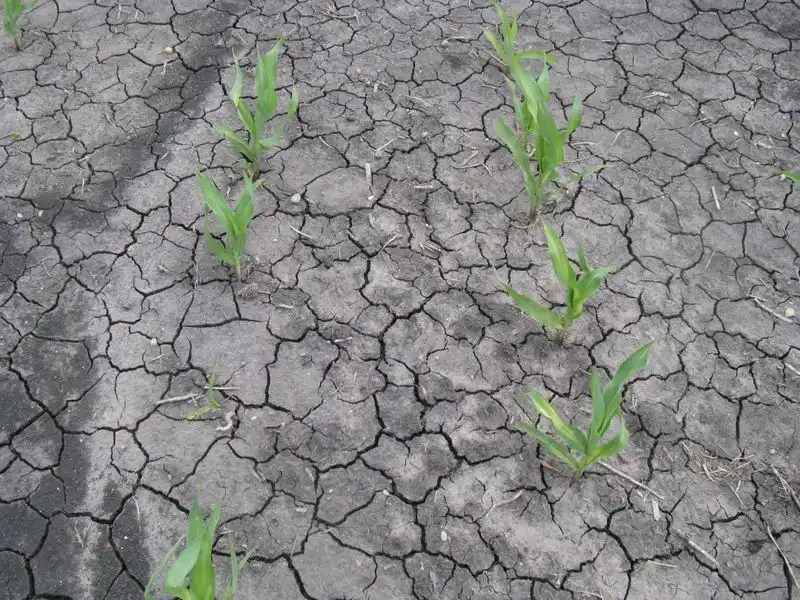
When soil feels like a brick, it’s likely compacted, hindering root growth. Compaction usually results from foot traffic or heavy machinery compressing the ground.
As a solution, consider using a garden fork to gently aerate the soil. This helps roots breathe and access water more efficiently.
Adding organic matter, like compost, can further enhance soil structure and nutrient content. Regular tilling should be avoided, as it may exacerbate compaction issues.
Instead, maintain healthy soil by minimizing disturbances and encouraging earthworms, which naturally aerate the ground.
Poor Water Retention
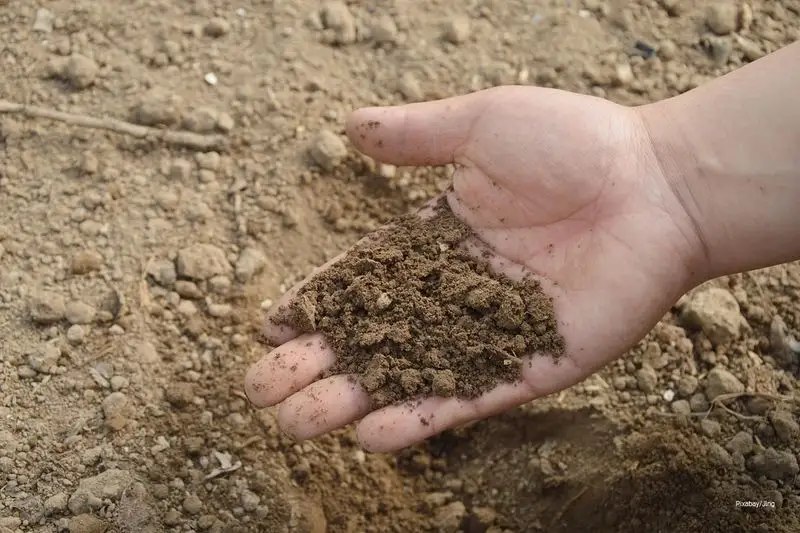
If your garden dries out quickly after watering, it may lack water retention properties. Sandy soils often face this issue, causing plants to wilt.
To improve water holding, mix in organic materials like peat moss or coconut coir. These amendments increase the soil’s ability to retain moisture.
Mulching around plants can also reduce evaporation, keeping the soil moist longer. Additionally, consider installing a drip irrigation system for consistent moisture without overwatering, preventing stress on your plants.
Yellowing Leaves
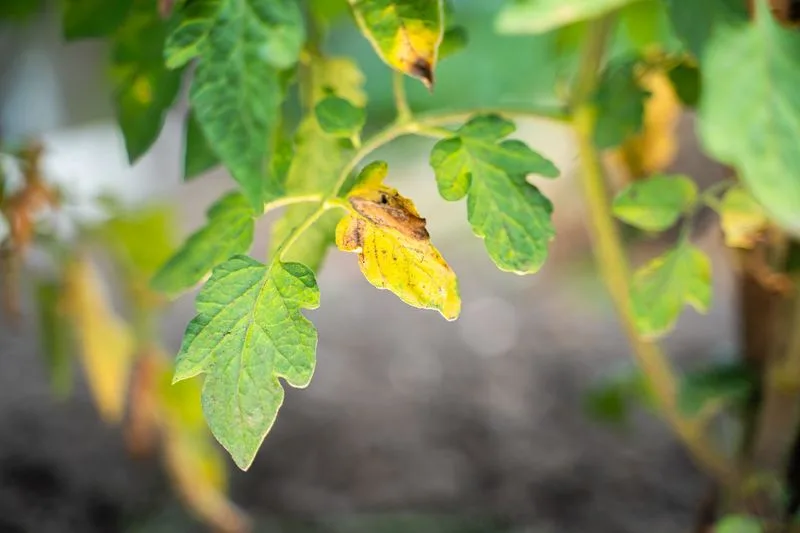
Yellow leaves are often a sign of nutrient deficiencies, especially nitrogen. The lack of essential nutrients weakens plants and stunts growth.
Perform a soil test to pinpoint deficiencies and amend with appropriate fertilizers. Slow-release options ensure steady nutrient supply without overfeeding.
Incorporating a variety of organic fertilizers can diversify nutrient profiles in the soil. Regular monitoring helps maintain balance, allowing your plants to thrive.
Nutrient management is key to keeping foliage vibrant and healthy.
Soil Erosion
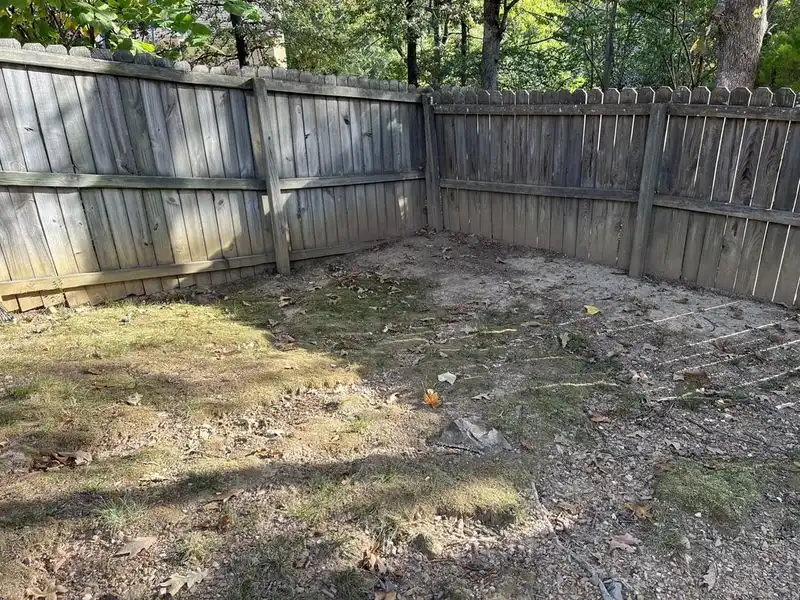
Visible signs of soil erosion, like exposed roots, indicate poor soil stability. Wind and water are common culprits that remove the topsoil, essential for plant life.
Planting ground cover or using mulch can reduce erosion by protecting the soil surface. Consider creating terraces on sloped land to slow water runoff.
Vegetative buffers along garden edges also help anchor soil in place. Maintaining plant diversity increases root structures, further enhancing erosion control.
Soil Crusting
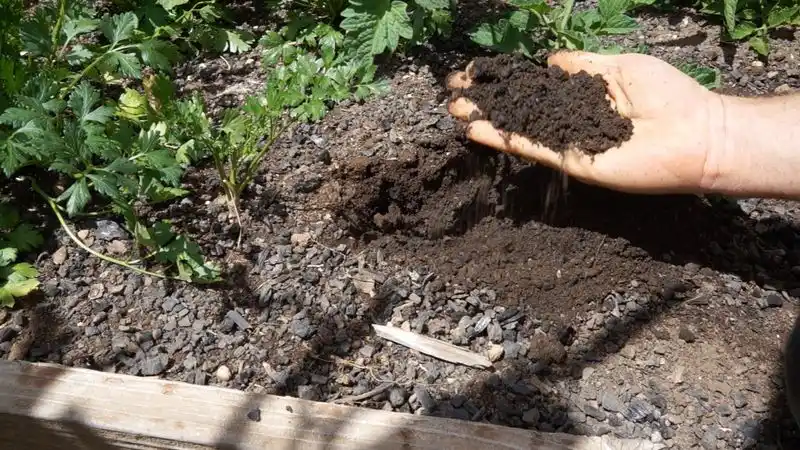
A crusty soil surface can impede seed germination and water infiltration. This often occurs due to rain impact or irrigation on bare soil.
To combat crusting, gently break the surface with a rake or hoe. Applying a light layer of organic mulch can soften impact and encourage water absorption.
Regularly adding organic matter helps maintain a friable soil structure. Encouraging microbe activity through composting further enhances soil health and prevents crust formation.
Stunted Plant Growth
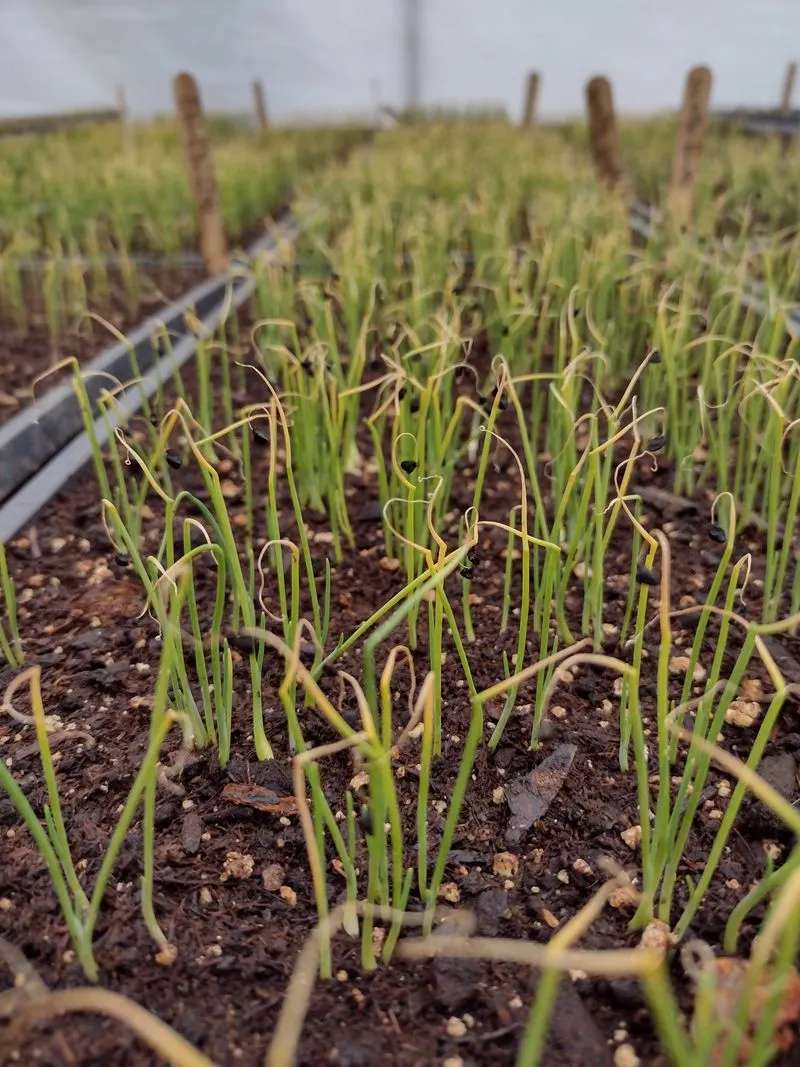
If plants aren’t reaching their potential, poor soil health might be the reason. Stunted growth often stems from insufficient nutrients or poor soil texture.
Testing the soil can identify deficiencies and guide amendments. Organic fertilizers and compost can enhance nutrient availability and improve soil structure.
Consider rotating crops annually to prevent nutrient depletion and break pest cycles. Stunted growth calls for a holistic soil management approach to restore plant vitality.
Presence of Weeds
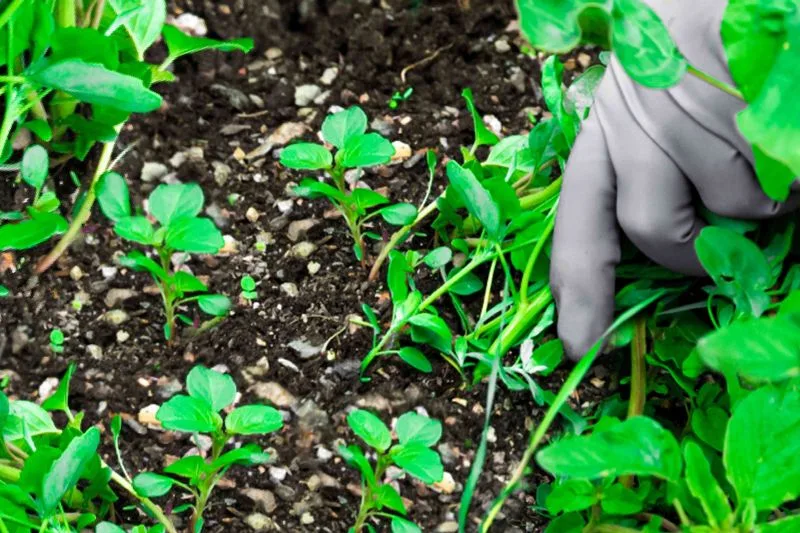
An overabundance of weeds often signals soil imbalance or low fertility. Weeds thrive where other plants struggle, exploiting weak soil conditions.
Regular weeding is essential to reduce competition for resources. Evaluate soil pH and fertility levels to determine necessary adjustments.
Adding organic matter can restore balance and improve plant health. Consider cover crops to outcompete weeds naturally.
Effective weed management promotes a thriving garden and healthier soil.
Foul Odor
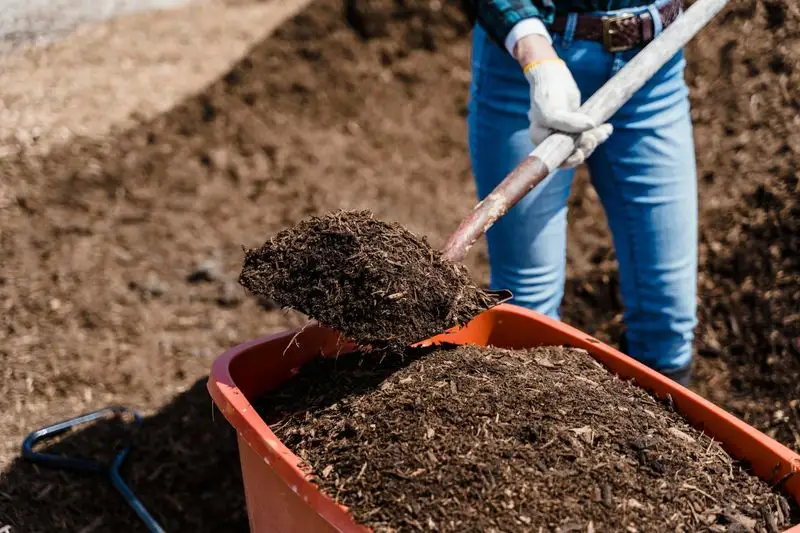
A sour or rotten smell often points to waterlogged soil and poor drainage. Excess water limits oxygen, leading to anaerobic conditions and foul odors.
Improving drainage is crucial to solving this issue. Raised beds can help prevent water accumulation.
Amending soil with sand or gravel improves permeability. Regularly check drainage systems to ensure they function correctly.
A well-drained soil environment supports aerobic microbial activity, essential for healthy plant growth.
Excessive Salt Accumulation
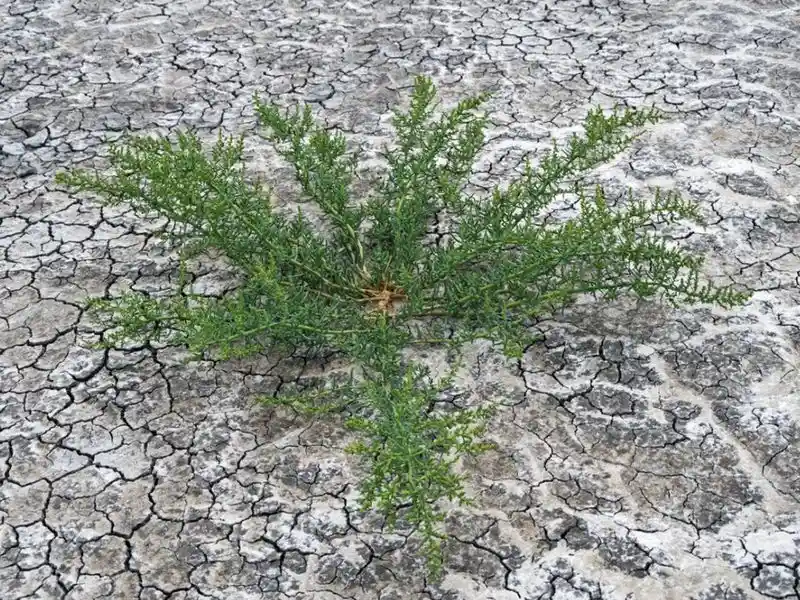
Salty soil can be detrimental to plant health, causing dehydration and nutrient imbalances. This is common in coastal areas or where salt-based fertilizers are overused.
Regularly flush the soil with fresh water to leach excess salt away from the root zone. Selecting salt-tolerant plant varieties can also mitigate impacts.
Organic matter aids in improving soil structure, reducing salt buildup. Monitoring salt levels prevents long-term damage and supports a productive garden environment.
Soil pH Imbalance
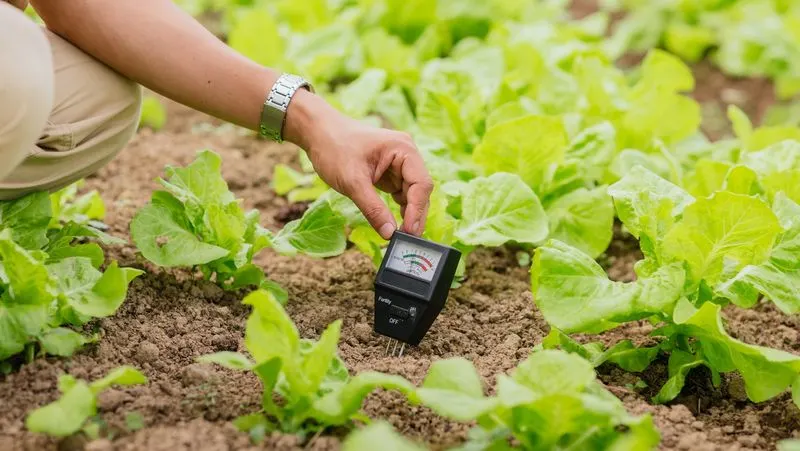
An imbalanced pH can restrict nutrient availability, affecting plant health. Test your soil to determine if it’s too acidic or alkaline.
Lime can raise pH, while sulfur lowers it, helping achieve optimal levels. Maintaining a balanced pH ensures plants access essential nutrients.
Regular testing and appropriate amendments keep soil conditions ideal for varied plant types. Healthy soil pH promotes vigorous growth and resilience against pests and diseases.
Low Organic Matter
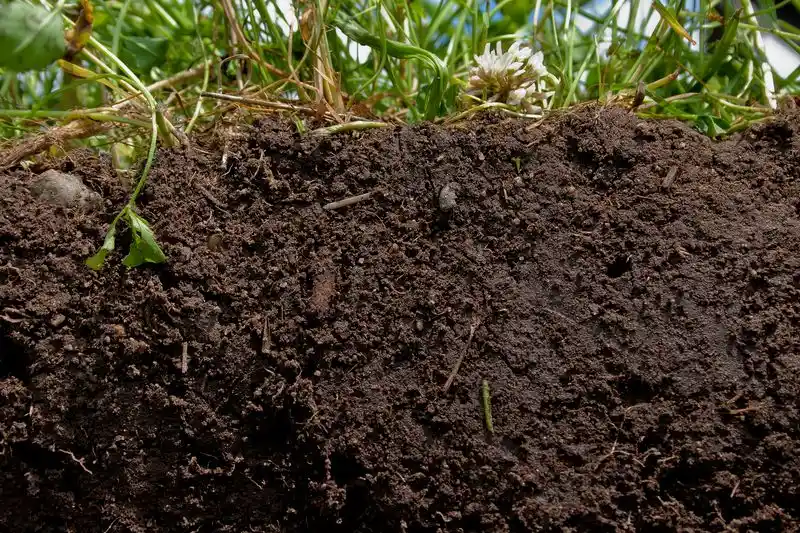
Soil lacking organic matter often appears pale and struggles to support plant life. Organic matter is vital for retaining moisture, nutrients, and fostering microbial activity.
Incorporate compost, leaf mold, or well-rotted manure to enrich the soil. Regularly adding organic amendments boosts fertility and enhances soil structure.
Encouraging earthworms and beneficial microbes further supports soil health. A soil rich in organic content lays the foundation for a thriving garden.
Inconsistent Plant Growth
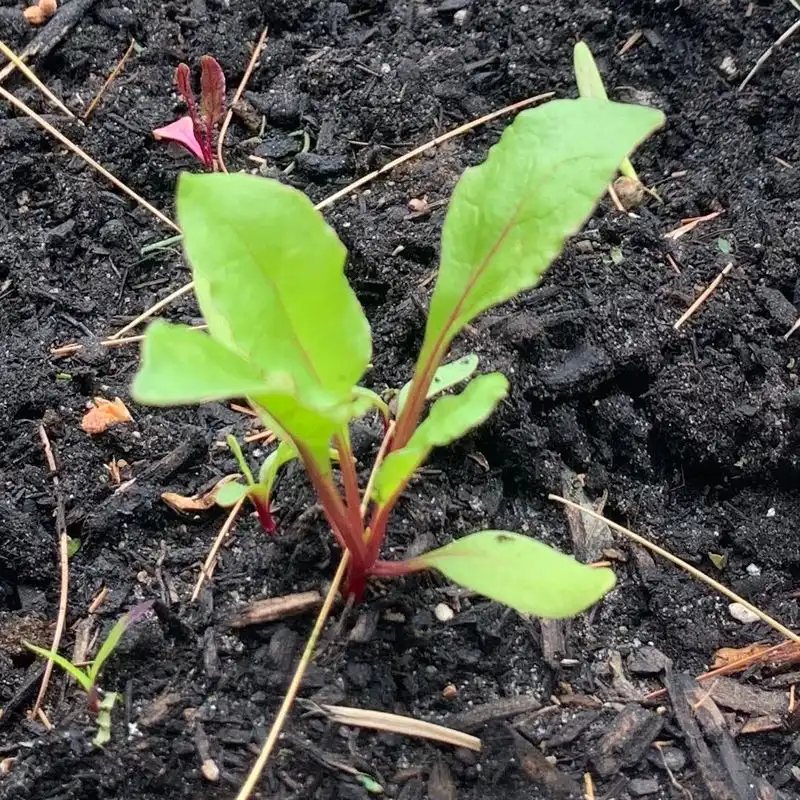
Variations in soil quality can lead to inconsistent plant performance. Uneven nutrient distribution or compaction might be the cause.
Conduct soil tests in different garden areas to identify disparities. Addressing these issues involves targeted amendments and aeration.
Consider using cover crops to improve soil uniformity. Consistent monitoring and adjustments ensure all plants receive adequate resources for growth.
Achieving even plant development reflects balanced soil health.
Pest Infestation
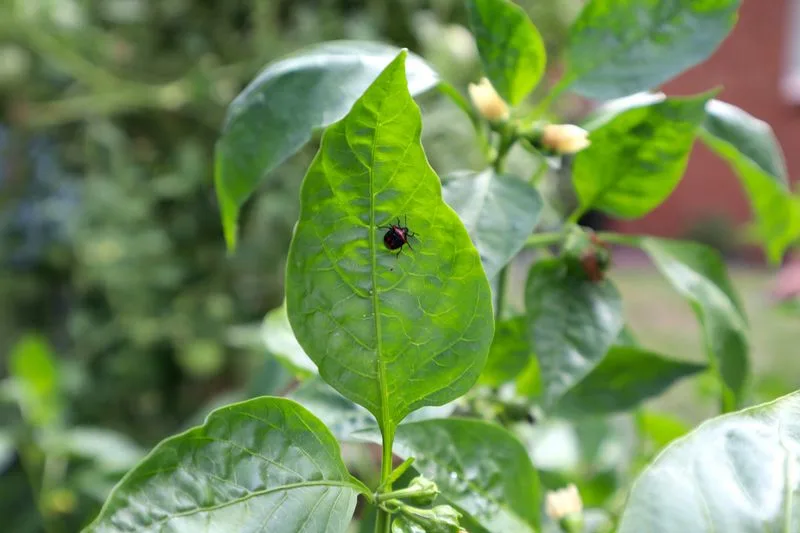
An increase in pests might indicate underlying soil issues. Poor soil health can weaken plants, making them susceptible to infestations.
Improving soil fertility and structure strengthens plants’ natural defenses. Regularly inspect your soil and plants for signs of pest activity.
Natural pest control methods, like introducing beneficial insects or companion planting, can reduce pest pressure. Healthy soil conditions foster robust plants less likely to fall victim to pests.
Uneven Moisture Levels
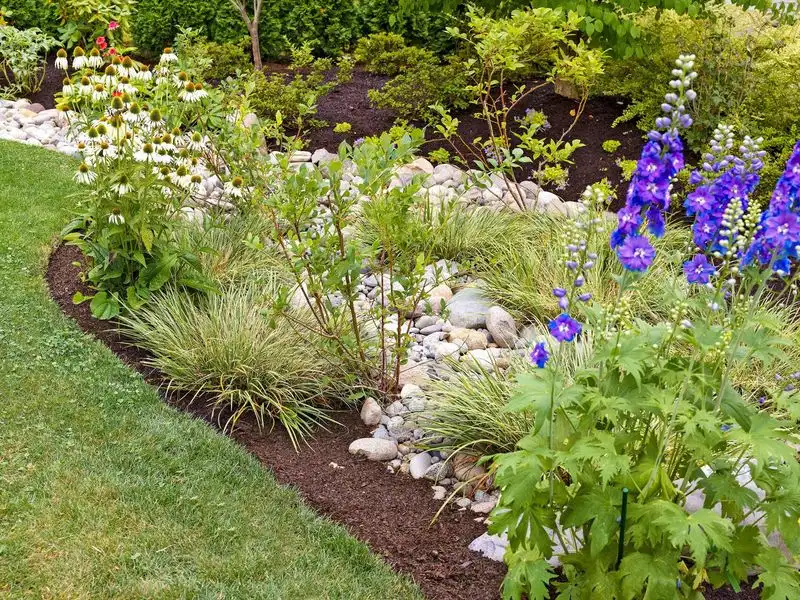
Inconsistent moisture can be a challenge for gardeners, resulting in dry and waterlogged areas. This variability often stems from uneven soil compaction or drainage issues.
Leveling the soil and improving drainage can help balance moisture distribution. Utilize organic mulch to retain moisture and reduce evaporation.
Drip irrigation offers consistent watering, preventing stress from fluctuating moisture levels. Ensuring even moisture benefits plant health and growth uniformly.
Surface Algae Growth
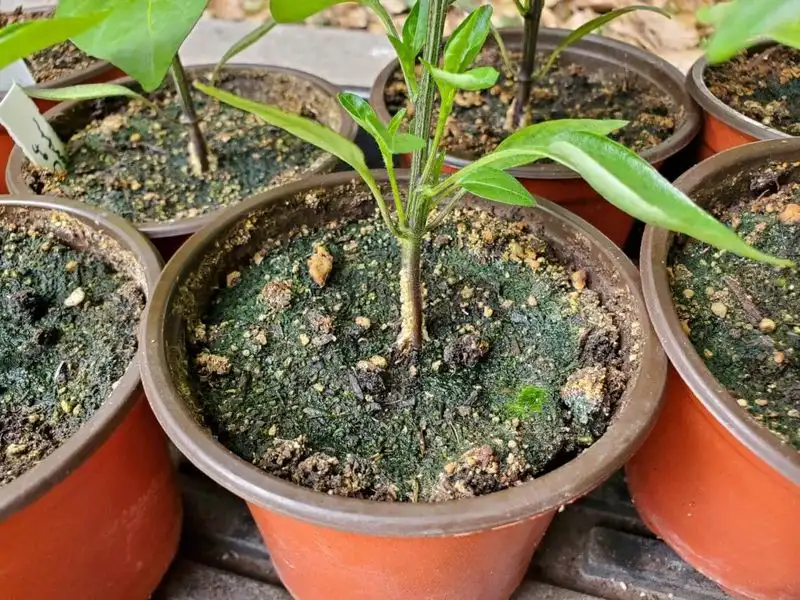
Algae coating the soil surface suggests excessive moisture and poor drainage. This environment can stifle plant growth by limiting oxygen supply.
Improve soil aeration by mixing in sand or perlite. Reducing watering frequency and ensuring proper drainage address the root cause.
Aerating compacted areas improves soil structure, discouraging algae growth. A balanced moisture level is key to maintaining a healthy, productive garden environment.
Soil Hardpan
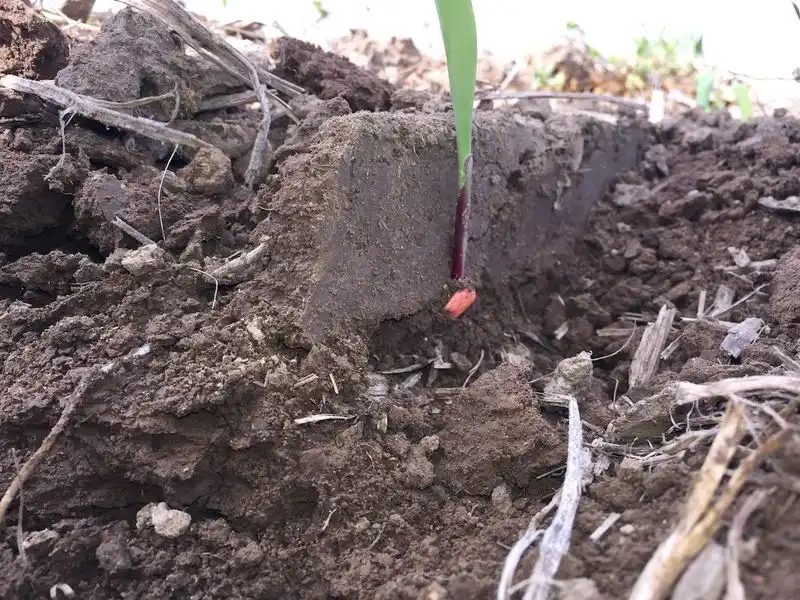
A hardpan is a dense layer beneath the soil surface that restricts root penetration and water movement. This layer forms due to repeated tilling or heavy equipment use.
Breaking up hardpan involves deep digging or using specialized tools like a broadfork. Adding organic matter can prevent reformation and encourages deep rooting.
Regular soil testing helps monitor progress and adapt strategies. Overcoming hardpan promotes healthier root systems and improves overall soil fertility.

